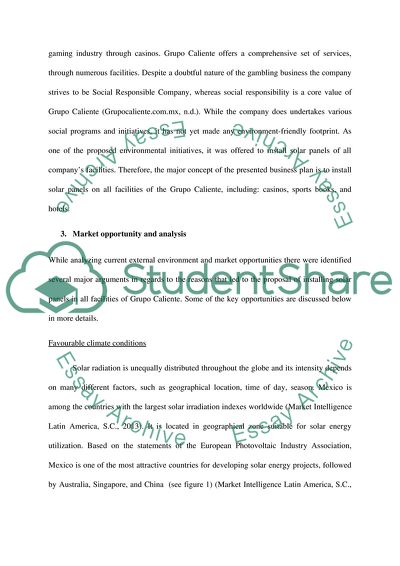Cite this document
(Grupo Calientes Solar Energy Strategy Assignment, n.d.)
Grupo Calientes Solar Energy Strategy Assignment. https://studentshare.org/environmental-studies/1874875-grupo-calientes-solar-energy-plan
Grupo Calientes Solar Energy Strategy Assignment. https://studentshare.org/environmental-studies/1874875-grupo-calientes-solar-energy-plan
(Grupo Calientes Solar Energy Strategy Assignment)
Grupo Calientes Solar Energy Strategy Assignment. https://studentshare.org/environmental-studies/1874875-grupo-calientes-solar-energy-plan.
Grupo Calientes Solar Energy Strategy Assignment. https://studentshare.org/environmental-studies/1874875-grupo-calientes-solar-energy-plan.
“Grupo Calientes Solar Energy Strategy Assignment”. https://studentshare.org/environmental-studies/1874875-grupo-calientes-solar-energy-plan.


